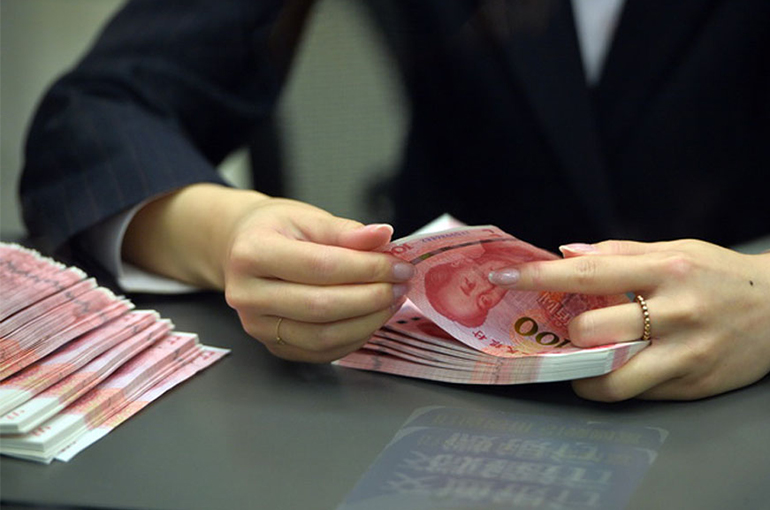 China’s Strengthening Yuan Hits Country’s Exporters in the Pocket
China’s Strengthening Yuan Hits Country’s Exporters in the Pocket(Yicai) Aug. 8 -- The Chinese yuan’s rapid appreciation against the US dollar since the beginning of this month has caught many of China’s exporters off guard.
Ding Yandong told Yicai that his company received a USD300,000 payment for an order this week, which was CNY40,000 (USD5,580) less than it would have been if the payment had arrived a week earlier, nearly halving the profit on the order.
He noted that when the yuan was weakening, overseas clients often asked for lower prices in US dollars terms, but when the redback started to strengthen they were not forthcoming, eating into the firm’s profit. “Price reductions are easy to negotiate, but increases are out of the question,” Ding said.
When the yuan appreciates, Chinese exporters receive less yuan for the same amount of dollars compared with before. The onshore yuan exchange rate gained to 7.1122 on Aug. 5 from 7.2265 on July 31, the strongest since Jan. 2. Yesterday, it was 7.1757.
The yuan’s sudden rise has caused severe losses for the garment manufacturer Meng Zhuo works at because the company mainly exports autumn and winter clothing, meaning that its peak shipping and settlement period is between June and August, he told Yicai.
Meng’s company used forward exchange contracts in previous years to lock in a rate for a future date, he said, but it scaled back on using FECs after the dollar climbed in the second half of last year. That was a big mistake because it caused even larger losses now that the yuan is appreciating, he added.
Ding and Meng said their companies need to convert most of their US dollar-denominated sales revenues into yuan as soon as they receive payment because they have suppliers to pay, so they cannot wait for the yuan to depreciate again.
Against this backdrop and an underperforming global economy, Chinese exporters are working harder to explore overseas markets and enhance supply chain resilience so as to respond to changes in demand while striving to maintain profits despite intense competition, according to industry insiders.
In addition to opening offices and building warehouses in countries in Europe and the Americas, Du Chuankui told Yicai that his company has also set up a subsidiary in Cambodia and invested in a new factory in Thailand to mitigate trade risks and bolster its supply chain.
"With fewer larger orders, we can take on more smaller orders with wider profit margins," said Su Wei, another exporter.
As the penetration rate of cross-border e-commerce continues to rise, instead of placing fewer, larger orders, overseas buyers are increasingly placing more frequent, smaller orders, so Su’s company needs to shift focus to small orders with fast turnaround, which better leverages the strengths of China’s supply chain, she pointed out.
The firm where Su works previously signed big deals with leading clothing brands in Europe and the United States, but orders from these regions have slumped. As a result, it is increasing its investment in Southeast Asia, such as hiking the production capacity of its factory in Vietnam and is exploring the SE Asia region and other emerging markets.
Editors: Tang Shihua, Futura Costaglione